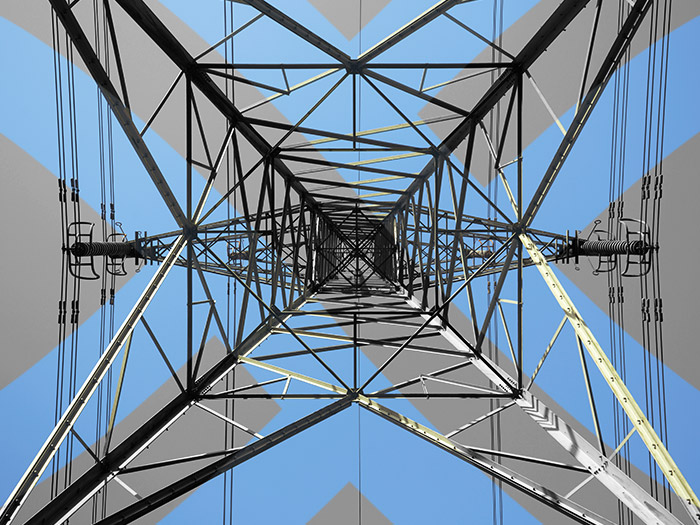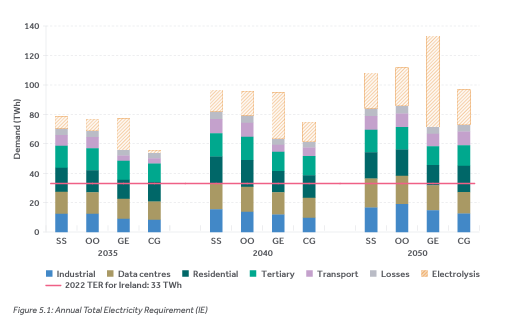News
better business decisions
Posted 2 years ago | 2 minute read

Ireland’s electricity demand set to double by 2050
Ireland’s electricity demand is set to more than double by 2050, EirGrid has predicted.
In its Tomorrow’s Energy Scenarios (TES) consultation report, published on 1 November, the grid operator forecast that Ireland’s electricity demand will surge from 33TWh in 2022 to 73-86TWh by 2050. The key driver will be the move away from fossil fuels to renewable energy resulting from increased government targets and ambitions on decarbonising the energy sector. The shift from fossil fuels to electric heat pumps, electric vehicles, and electrical heating processes in industry will add large amounts of demand to the system. From 2030 onwards, it expects demand to be driven by the switch to renewables and electrification in areas such as transport.

It noted that the increased demand could put significant strain on a grid system which has already come under pressure following increased demand in recent years.
Given recent policy changes, the generation portfolio of the future is expected to be significantly different from that of the past. There will be a changing role for thermal generation and an increasingly important role for weather-dependent renewables. Flexibility across both the demand and supply side will be needed to maximise the utilisation of renewable generation that is weather-dependent. Demand across all sectors will need to flex up in periods of high renewable generation and flex down in periods of low renewable generation. Energy storage can help smooth renewable supply, capturing surplus renewables for later discharge in low renewable periods. Similarly, electricity interconnection can help to use surplus renewable generation when it is plentiful by providing a connection to other markets and provide alternative sources of generation when domestic renewable generation is lower than demand.
However, the organisation added: “It has been assumed that the following technologies will not be operating by 2035: coal, peat and oil fired generators.”
Demand Flexibility will be key to allowing overall electricity demand to increase while maintaining system security. Shifting peak demand to times of high RES should allow for cheaper end-use electricity for the consumer. As such a share of traditional baseload demand ranging from 5% to 9% is assumed to be flexible by 2050.






